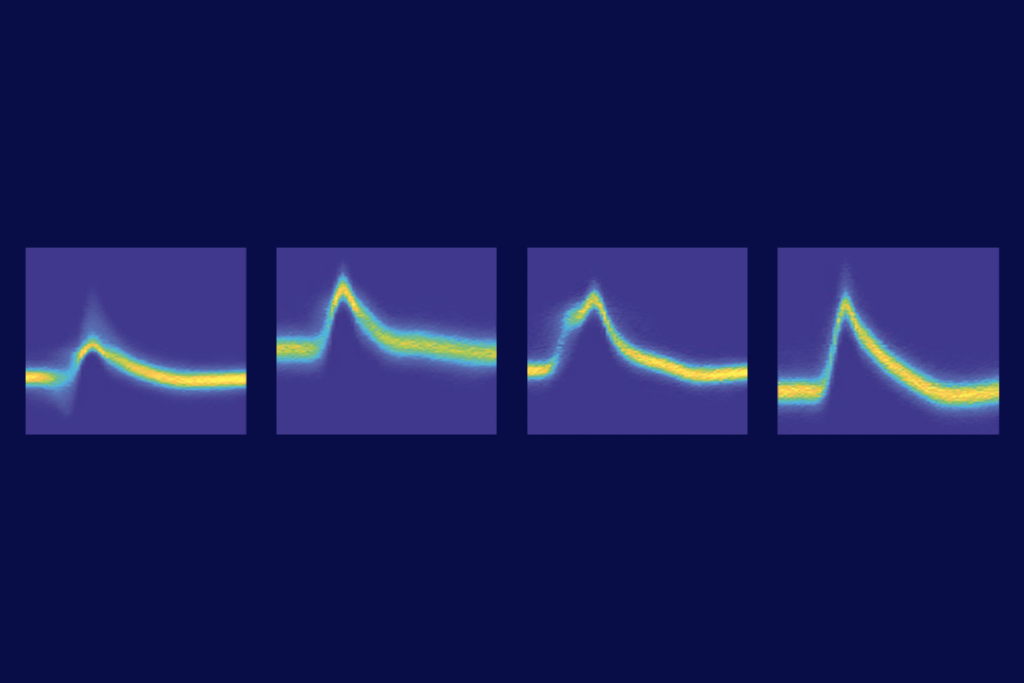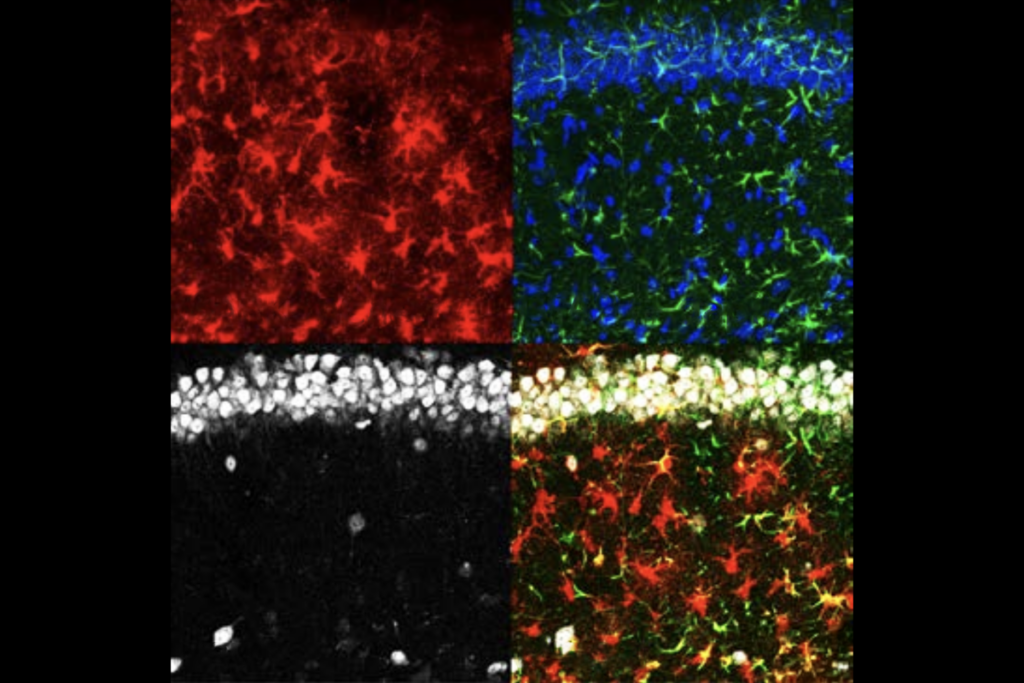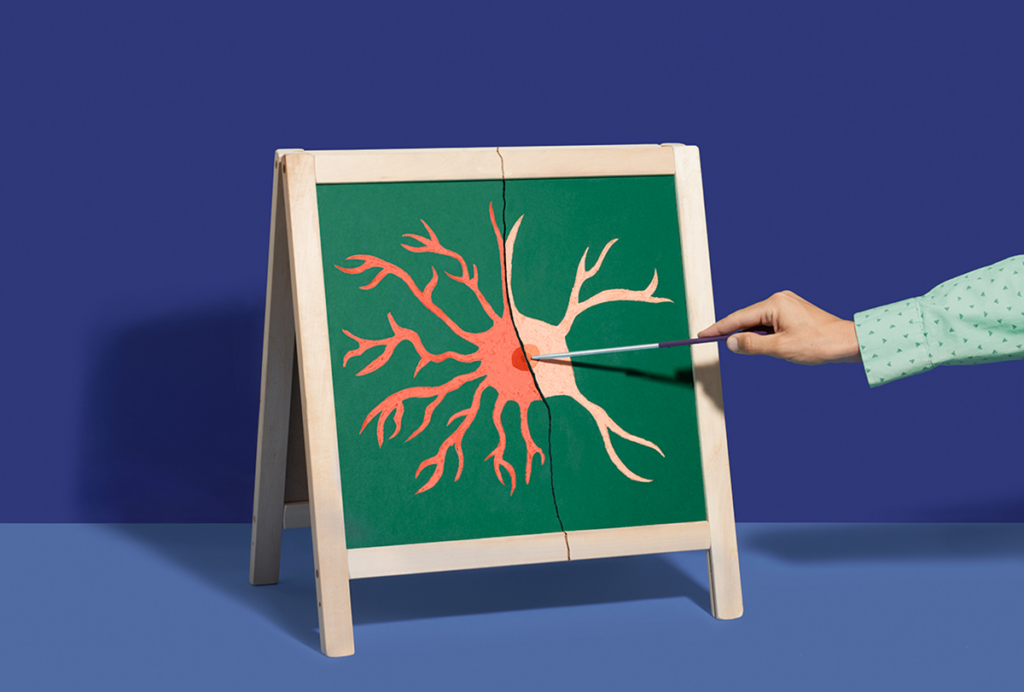Neuroligin mutation triggers oxidative stress
Deleting a neuronal protein associated with autism causes oxidative stress — characterized by an excess of free radicals — which has been linked to diseases such as diabetes and Alzheimer’s, according to new research in worms. The results were presented yesterday at a poster session at the Society for Neuroscience meeting in Chicago.
Deleting a neuronal protein associated with autism causes oxidative stress — characterized by an excess of free radicals — which has been linked to diseases such as diabetes and Alzheimer’s, according to new research in worms. The results were presented yesterday at a poster session at the Society for Neuroscience meeting in Chicago.
Mutations in some neuroligin genes, which are present at synapses — the junctions between two connected neurons — have been found in a small subset of people with autism1. The worm study is the first to hint at a role for neuroligins in oxidative stress, a phenomenon that has been seen in the brains of people with autism.
Researchers selectively deleted the single neuroligin gene in Caenorhabditis elegans, a roundworm with a simple nervous system. They then exposed the worms to paraquat, a toxic chemical that induces oxidative stress. Healthy worms and a subset of worms with the gene added back in survive for the first three days in the paraquat medium before beginning to die. In contrast, the mutants start to die immediately, the researchers found.
The mutant worms also have more proteins damaged by oxidative stress compared with healthy controls and worms with the added gene. What’s more, the mutants have trouble integrating sensory cues, which shows in their behavior.
The results are completely unexpected, notes lead investigator James Rand, chair of the Genetic Models of Disease Research Program at the Oklahoma Medical Research Foundation.
Rand, who has two sons diagnosed with autism spectrum disorders, has been studying synaptic proteins in C. elegans for more than 30 years, but only in the past several years began looking at neuroligins’ role in the disorder.
He was studying hypersensitivity of the mutant worms to physical, chemical and oxidative stress when he noticed their response to oxidative damage.
“If you have someone with autism and you find they have elevated markers of oxidative stress, you don’t know what’s causing what,” Rand says. “All the data show is a correlation between oxidative stress and autism.”
Rand and his team are testing whether proteins damaged by oxidative stress are only in the brain, or throughout the body. They also plan to delete genes that encode other synaptic proteins and assess the response.
References:
-
Jamain S. et al. Nat. Genet. 34, 27-29 (2003) PubMed
Recommended reading

INSAR takes ‘intentional break’ from annual summer webinar series

Dosage of X or Y chromosome relates to distinct outcomes; and more
Explore more from The Transmitter

Null and Noteworthy: Neurons tracking sequences don’t fire in order


